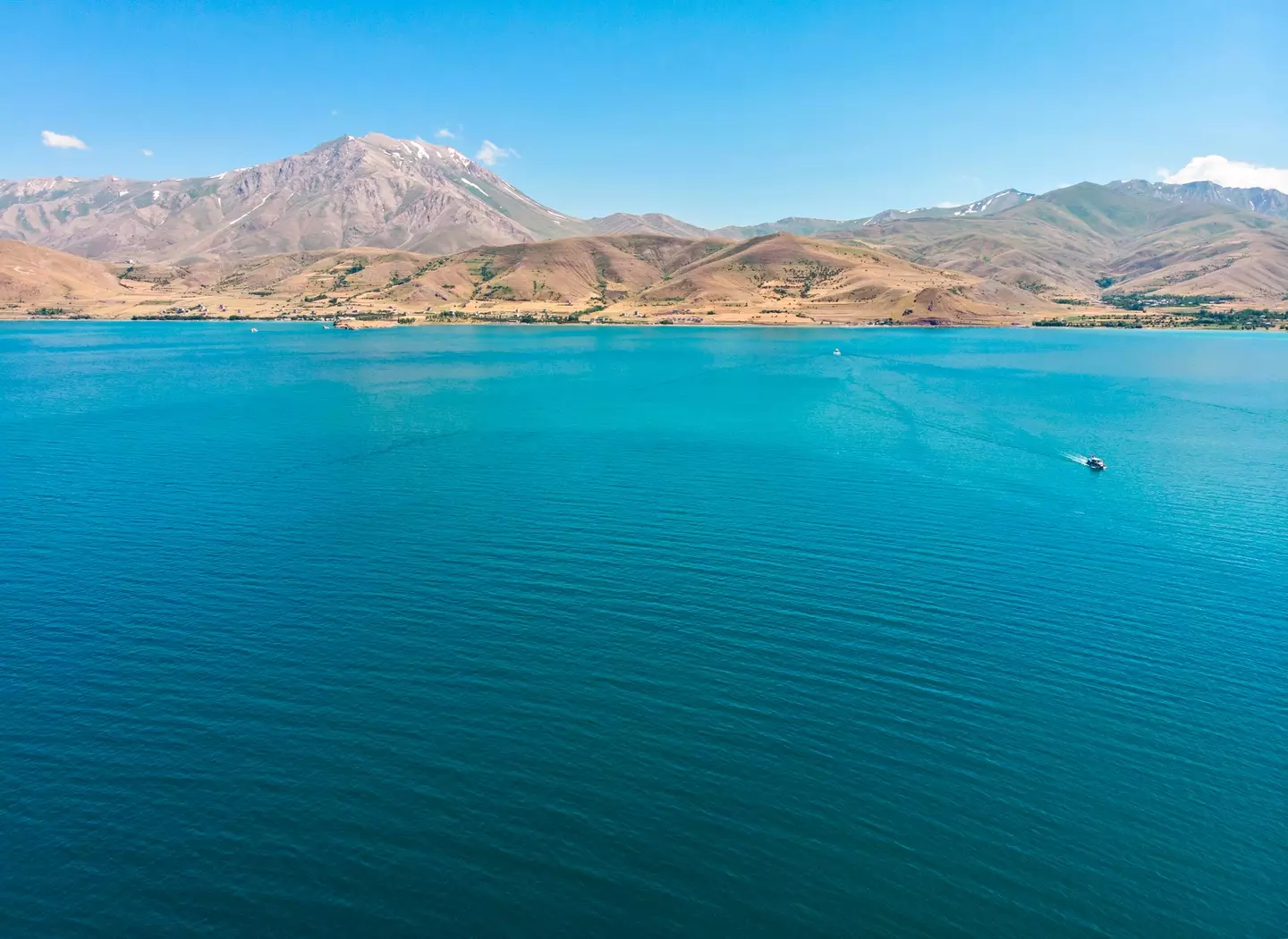A remarkable discovery near what is traditionally considered the “resting place of Noah’s Ark” might prompt a re-examination of biblical histories.
The Bible, memorized and revered by millions across the globe for generations, may face new scrutiny due to a significant archaeological find in eastern Turkey. This discovery could unearth hidden details not previously included in the Scriptures.
This site, often compared to the legendary Atlantis of Europe, lies submerged 85 feet beneath Lake Van’s waters. It is situated near Gevaş, roughly 150 miles from Mount Ararat, the mountain traditionally associated with the final resting place of Noah’s Ark after the deluge.
Turkish underwater filmmaker Tahsin Ceylan uncovered this site back in 1997. However, only now have historians begun to fully appreciate its historical importance, thanks to their efforts to piece together its chronological context.

Lake Van hosts numerous underwater ruins, but this particular site has a direct connection to the narrative of Noah’s Ark.
“Unfortunately, Tahsin discovered what I think was one of the most significant archaeological discoveries in history and he didn’t get really very much attention for it because it’s not labeled correctly or understood,” archaeologist Matthew LaCroix commented on the Matt Beall Limitless podcast.
“So part of this mission of him being involved in this is so he can finally get the credit that he deserves for what he discovered.”
This find is potentially groundbreaking in biblical terms because it suggests that an ancient and sophisticated society might have existed in this region more than 12,000 years ago, possibly influencing early versions of the Noah’s Ark tale.
Ancient records from different cultures recount comparable events, though their heroes go by names such as Ziusudra or Utnapishtim, figures from even earlier than those known from the era of Noah.
LaCroix elaborated on how research shows that an eruption of Mount Nemrut, a central Turkish volcano, obstructed the Mirat River, leading to severe flooding during the Younger Dryas—a period of climate cooling spanning 12,900 to 11,700 years ago.
This cooling followed a warming phase after the last glacial maximum within the broader Ice Age.
The submerged city, which stretches half a mile, includes a stone fortress and circular temples showcasing remarkable masonry. These reveal a ‘Flower of Life’ symbol with six spokes, also seen in the ruins of Peru and Bolivia.
“As far as I’m aware, any civilizations in the last 6,000 years did not have the technological means to create the type of stonework we’re seeing here,” noted LaCroix, an expert in ancient civilizations.
Soil samples indicate that the volcanic eruption may have triggered the Great Flood, which Noah is traditionally said to have survived by building his Ark.

